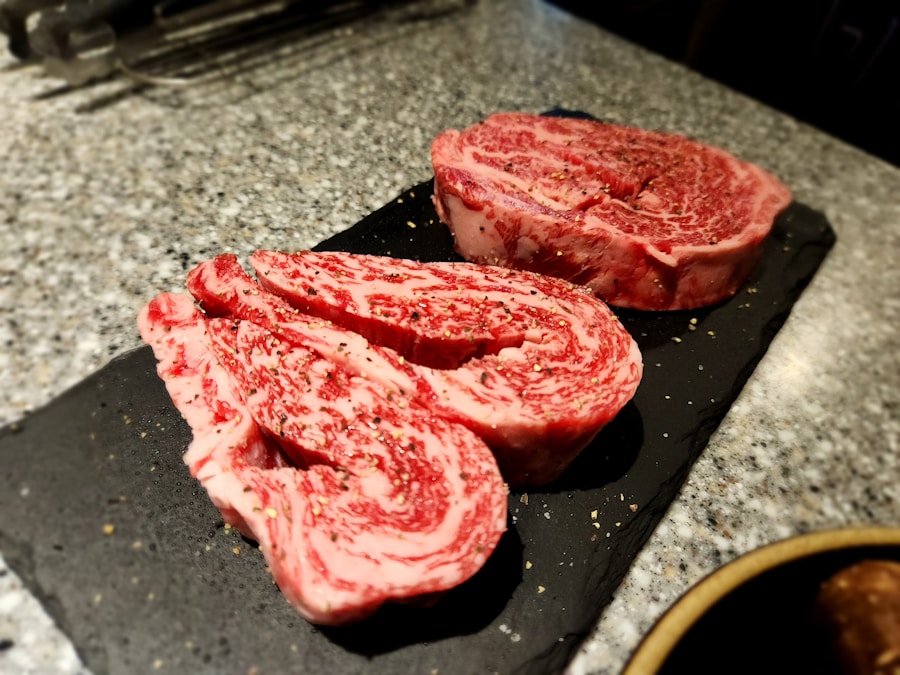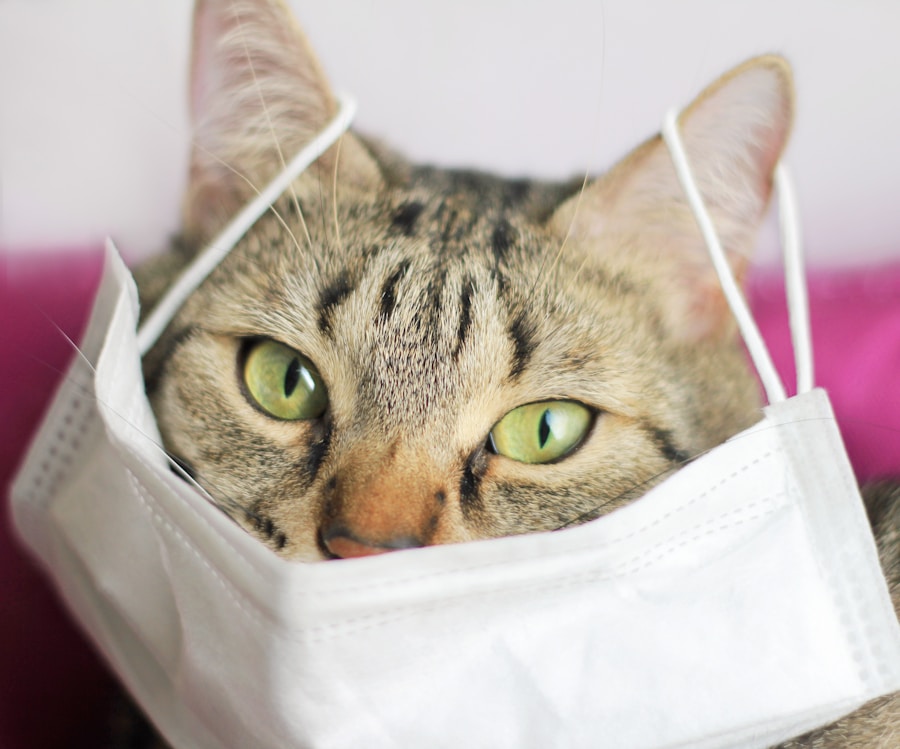Understanding your cat’s nutritional needs is crucial in ensuring that they lead a healthy and happy life. Cats are obligate carnivores, which means that they require a diet that is high in animal-based proteins. This is because their bodies are designed to efficiently process and utilize nutrients from animal sources. In addition to protein, cats also require essential fatty acids, such as omega-3 and omega-6, for healthy skin and coat. They also need vitamins, minerals, and water to support their overall health and well-being.
It’s important to note that cats have specific dietary requirements that differ from those of other animals, including humans. For example, cats require a higher amount of protein in their diet compared to dogs. They also need certain amino acids, such as taurine, which is essential for their heart and eye health. Understanding these unique nutritional needs will help you make informed decisions when choosing the right food for your feline friend.
Examining the Ingredients
When it comes to choosing the right food for your cat, examining the ingredients is essential. The first step is to look for a high-quality source of animal-based protein, such as chicken, turkey, or fish. Avoid foods that list “meat by-products” or “animal digest” as these are low-quality sources of protein that may not provide the essential nutrients your cat needs. Additionally, look for a balance of essential fatty acids, vitamins, and minerals to support your cat’s overall health.
It’s also important to pay attention to the carbohydrate content in your cat’s food. While carbohydrates are not inherently bad for cats, they should not make up the majority of their diet. Look for foods that contain a moderate amount of carbohydrates from sources such as rice or sweet potatoes. Avoid foods with excessive amounts of fillers such as corn, wheat, or soy, as these can be difficult for cats to digest and may lead to allergies or sensitivities.
Considering Your Cat’s Age and Health
When choosing the right food for your cat, it’s important to consider their age and health status. Kittens have different nutritional needs compared to adult cats, as they require more calories and nutrients to support their growth and development. Look for kitten-specific formulas that are designed to meet their unique needs.
For adult cats, consider their activity level and any specific health concerns they may have. For example, if your cat is overweight or has a sensitive stomach, you may need to choose a formula that is lower in calories or contains easily digestible ingredients. If your cat has specific health issues, such as kidney disease or diabetes, you may need to consult with your veterinarian to find a specialized diet that meets their needs.
Comparing Different Brands and Formulas
With so many options available on the market, comparing different brands and formulas can be overwhelming. When comparing cat food brands, look for reputable companies that have a history of producing high-quality products. Consider factors such as sourcing and manufacturing practices, as well as any recalls or controversies associated with the brand.
When comparing formulas, pay attention to the specific ingredients and nutritional content. Look for foods that are formulated to meet the AAFCO (Association of American Feed Control Officials) standards for complete and balanced nutrition. Consider factors such as protein content, fat content, and the presence of essential nutrients such as taurine and omega-3 fatty acids.
Choosing Between Wet and Dry Food
One of the decisions you’ll need to make when choosing cat food is whether to feed wet food, dry food, or a combination of both. Each type of food has its own advantages and disadvantages, so it’s important to consider your cat’s individual needs and preferences.
Wet food can be a good option for cats who need additional hydration or have dental issues, as it provides moisture and is easier to chew. It can also be more palatable for picky eaters. However, wet food can be more expensive and has a shorter shelf life once opened.
Dry food is convenient and can help keep your cat’s teeth clean by promoting chewing. It’s also more cost-effective and has a longer shelf life. However, some cats may not drink enough water when eating dry food, which can lead to dehydration.
Reading Reviews and Seeking Recommendations
Before making a decision on which cat food to purchase, it can be helpful to read reviews and seek recommendations from other cat owners or professionals. Reading reviews can provide insight into the palatability, digestibility, and overall quality of a particular brand or formula.
Seeking recommendations from trusted sources such as your veterinarian or fellow cat owners can also be valuable. They may be able to provide insight into specific dietary needs or preferences based on their own experiences with their cats.
It’s important to keep in mind that every cat is unique, so what works for one cat may not work for another. Ultimately, it’s important to consider your own cat’s individual needs and preferences when making a decision about their diet.
Transitioning Your Cat to a New Diet
If you decide to switch your cat to a new diet, it’s important to do so gradually to avoid digestive upset. Start by mixing a small amount of the new food with their current food and gradually increase the proportion over the course of 7-10 days.
Monitor your cat’s behavior and stool during this transition period to ensure that they are adjusting well to the new diet. If you notice any signs of digestive upset or reluctance to eat the new food, consult with your veterinarian for guidance.
In conclusion, choosing the right food for your cat involves understanding their nutritional needs, examining ingredients, considering their age and health status, comparing different brands and formulas, choosing between wet and dry food, reading reviews and seeking recommendations, and transitioning them to a new diet if necessary. By taking these factors into consideration and making informed decisions, you can help ensure that your feline friend receives the nutrition they need to thrive.





